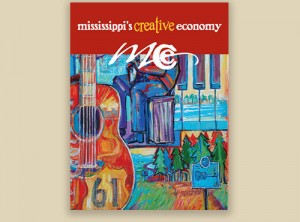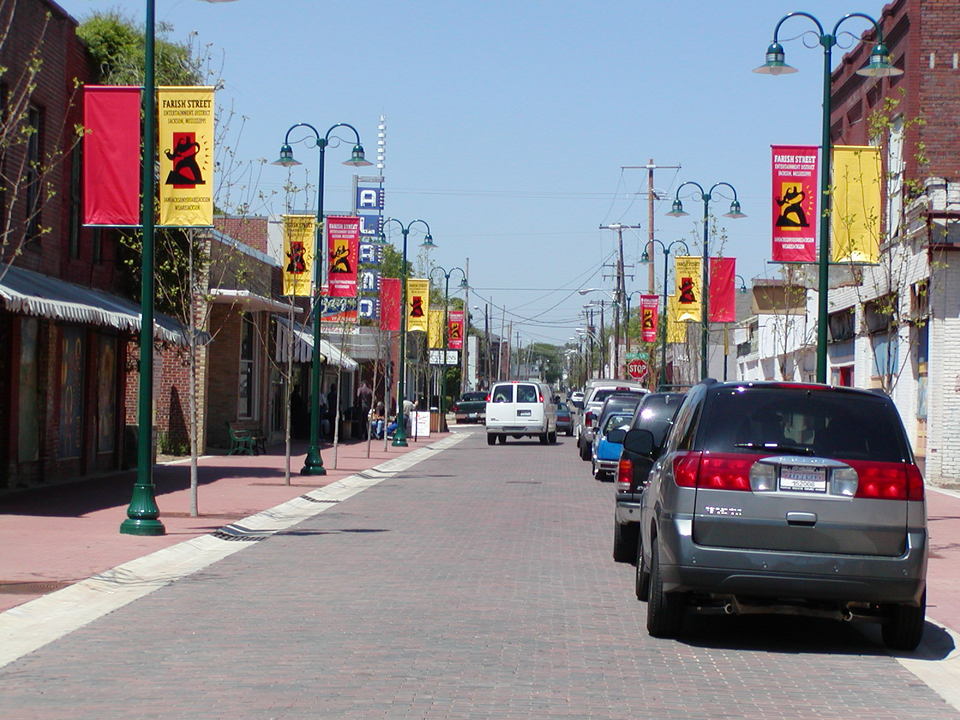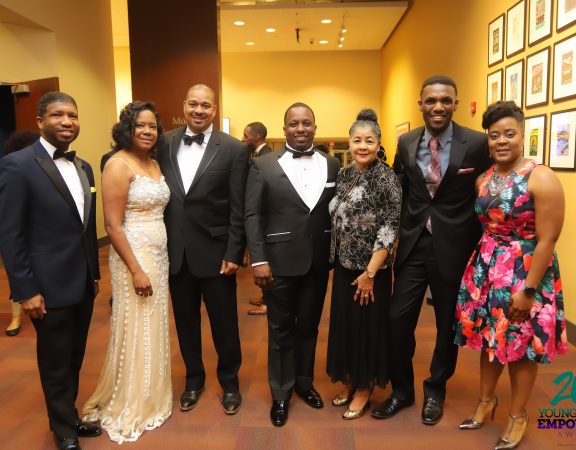Stylist Jason Bolin got his start in the fashion industry by planning a fashion show for Urban Education Foundation, a nonprofit that provides school supplies for under privileged students. J`Bolin, as he is referred to in the fashion industry, and his wife Nicole, worked with student models and hosted the fashion show at the historic Tougaloo College.
“At that time, the models had to use their own clothes,” J` Bolin recalled. “I didn’t have relationships with stores to go and pull from. I became a fashion stylist by styling them with the clothes they already had.”
That fashion show was seven years and many celebrity clients ago. Since then Bolin has traveled the country styling celebrities such as Real Housewives of Atlanta’s Cynthia Bailey, Grammy Award and American Idol winner Fantasia, as well as your every day woman or socialite who like to look fabulous.
The Roxie, Mississippi native is also the publisher and creator of Denim Magazine, an online fashion magazine that combines celebrity interviews and the latest fashion looks and trends.
Bolin is apart of the thousands of individuals who are fueling the state’s creative economy. Mississippi is the birthplace of America’s music and has produced some of the world’s greatest authors. While it is nothing new for Mississippi to be recognized for its creativity, until now few have considered the impact of creativity on the state’s economy.
During these hard economic times when prices are high and jobs are scarce, individuals are looking to their creative skill sets to offset the cost of daily living. A year and a half ago when Wendell Jones lost his job, he turned his love for men’s fashion into a profitable company. Jones launched KnottedUpNeckwear, a bowtie line.
“I never even knew I could sew,” Jones explained. “ I had a vision for it and I went and brought a sewing machine and started sewing with scrap material. I’ve always been into fashion and to me bowties are eternal. Men have worn bowties since the 1700s. If they’ve lasted this long, I don’t see them going anywhere.”
Although Jones has a new job, he continues to grow his company.

Mississippi native and VH1's "Single Ladies" star Timon Kyle Durrett rocks out the cover of Bolin's Denim Magazine, while wearing one of Jones' signature bowties.
“It has been such a blessing. I never imagined that it would have taken off like it has. Now I’m looking for people to work for me and I never would have thought that would happen in a year,” Jones shared.
Within the next few months KnottedUpNeckwear will be available in boutiques in Jackson, New Orleans and Memphis.
In 2011 the Mississippi Development Authority (MDA) and the Mississippi Arts Commission released the findings from a study it conducted concerning the state’s creative economy. The study revealed that more than 60,700 people work in Mississippi’s creative economy and creative companies were responsible for over 40,000 jobs.
“Creative economy is a relatively new term. Those words have only been used for about three or four years. So it’s not surprising that people wonder precisely what it is,” said Malcolm White, director of the Commission. “The creative economy, when it pertains to Mississippi, is made up of creative people, creative enterprises and creative communities. It’s original. It’s authentic and it’s about creating something new. Whether it’s painting, a camera or a guitar or an experience like a play or festival it about creating an authentic experience.”
The report separated the creative enterprises into visual and performing arts, design, film, video and media, literary and publishing, culinary arts and museums and heritage.
Collectively the creative economy adds significant wealth to the state’s economy in ways that have been undercounted and under recognized. The creative economy has proven to be a direct source of economic growth, jobs and wealth.
“The creative economy not only keeps young talent here in Mississippi,” Jones adds, “but it opens our communities up to broaden our horizons beyond what we are use to.”
According to study, the creative economy can improve the competitiveness of manufactured products and services. Talented people, businesses that need talent and tourists are increasingly drawn to places that offer interesting attractions, entertainment and culture. Also, a creative environment stimulates innovation in science and technology. Lastly, the arts have demonstrated success in increasing academic performance.
Even communities around the state have taken notice of the potential of this economy.
At the forefront of the more than $2 billion worth of development taking place in downtown Jackson is the Farish Street Entertainment District, a multi-million dollar development that will rival Beale Street in Memphis and Bourbon Street in New Orleans.
While agriculture may be crucial to the economy of Claiborne County, the city of Port Gibson recognizes the importance of the creative economy. During America’s Civil War, Port Gibson is best remembered as one of General Grant’s first conquests after crossing the Mississippi River during the Vicksburg Campaign of 1863. Groups from around the world often visit the city that Grant declared “to beautiful to burn.”

Collectively the creative economy adds significant wealth to the state’s economy in ways that have been undercounted and under recognized. The creative economy has proven to be a direct source of economic growth, jobs and wealth.
“We have a number of cultural amenities to be able to take long term advantage of,” said Milton Chambliss, executive director for Claiborne County Economic Development District. “I recently learned that the Windsor is the most photographed place in Mississippi. We also have one of the last remaining producers of melamine plastic dinnerware in the United States. This manufacture can actually produce very specialized products to order. One of their main customers is the United States Navy. So many ships at sea actually use their dinnerware.”
Community leaders such as Cheri Barry, mayor of Meridian believe that the creative economy is helping to define the high quality of life in Mississippi communities and show why they are excellent places to live.
“In Meridian we have moved passed theory to practice in creative economy and we are no longer debating its benefits,” she shared with attendants at the annual Mississippi Economic Council meeting.
One way the creative economy is working in Meridian is with the development of the state-of-the-art Mississippi Arts and Entertainment Center. The Center will capture the essence of Mississippi’s legacy in the arts and celebrate the Mississippian’s who helped create it.
For years Mississippi’s creative heritage has served as an inspiration for the countless conclaves like Bolin and Jones. It’s encouraging to see creative entrepreneurs, innovators and spirits found in Mississippi.
“Mississippi has so much talent, until it’s mind blowing,” Bolin boasts. “I think the world has only seen the tip of the iceberg of what’s going to come out of our great state when it pertains to creativity.”







4 Comments
Great article! I am one of the 60,000 working in the creative economy. Thank you for shedding light on our community.
I love Jason. He is so sweet and humble. He is the best very inspirational.
This is a wonderful article!!!! Thanks so much for focusing on the true impact of economic growth and empowerment!!!
Thanks for reading!